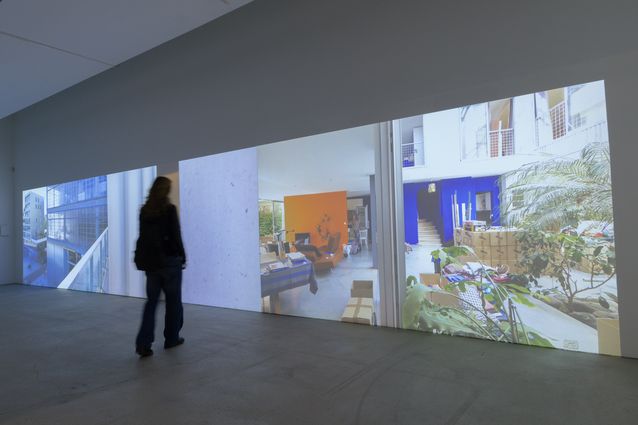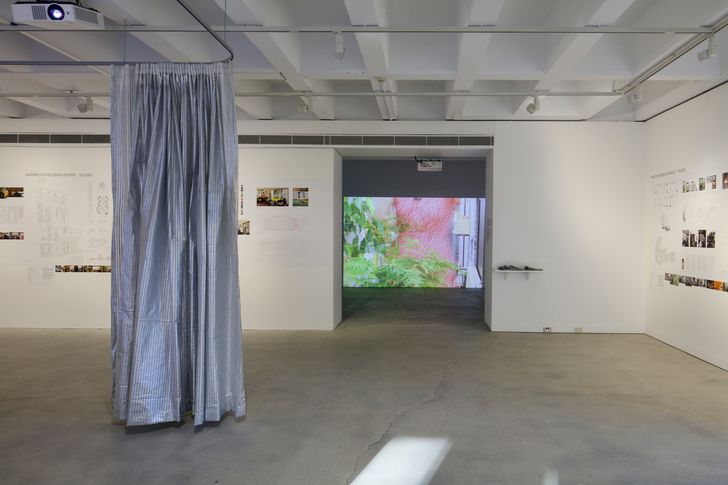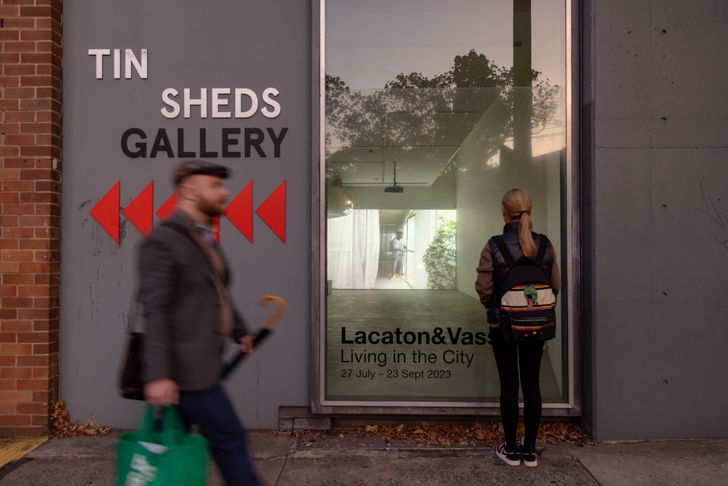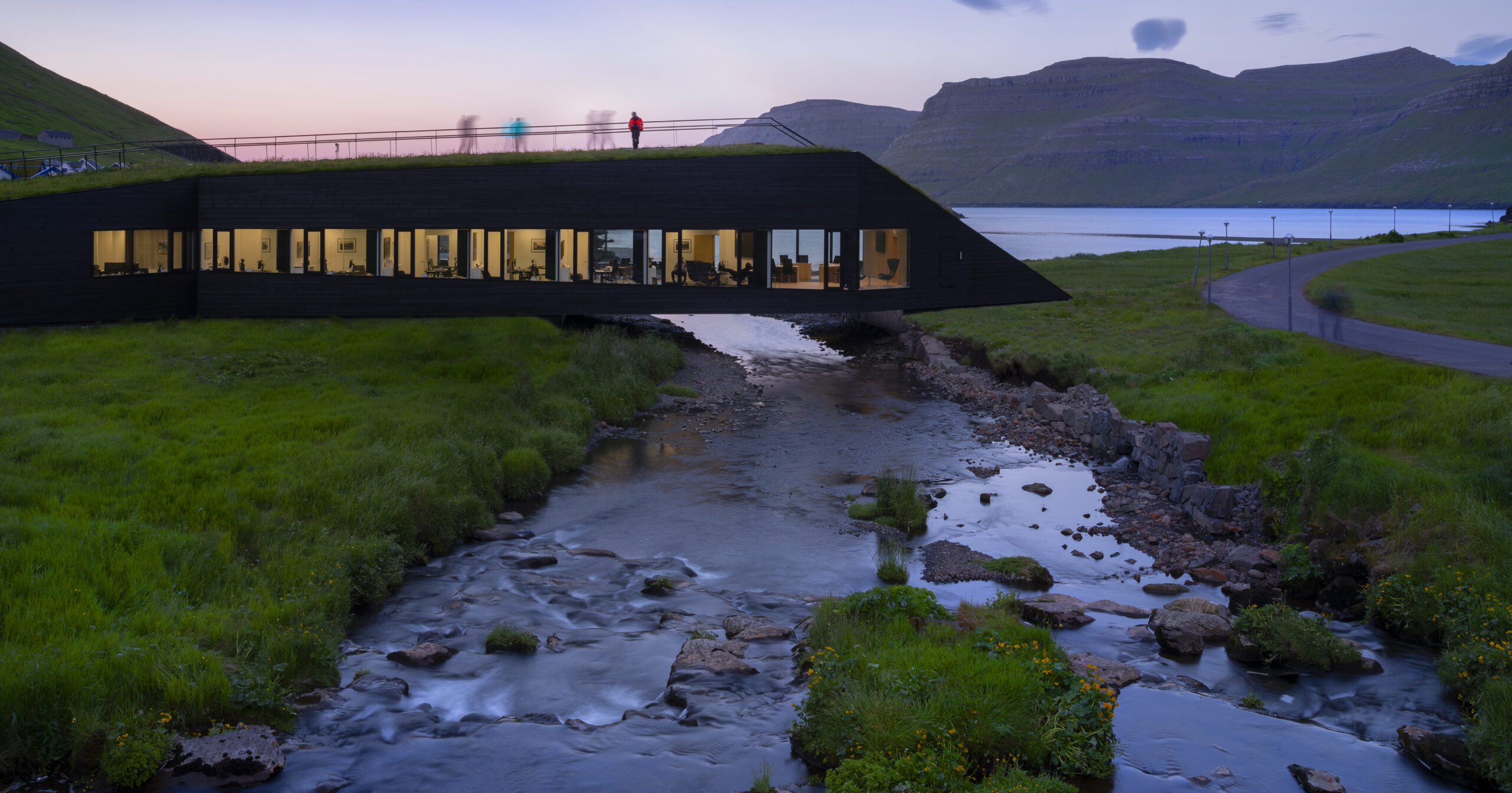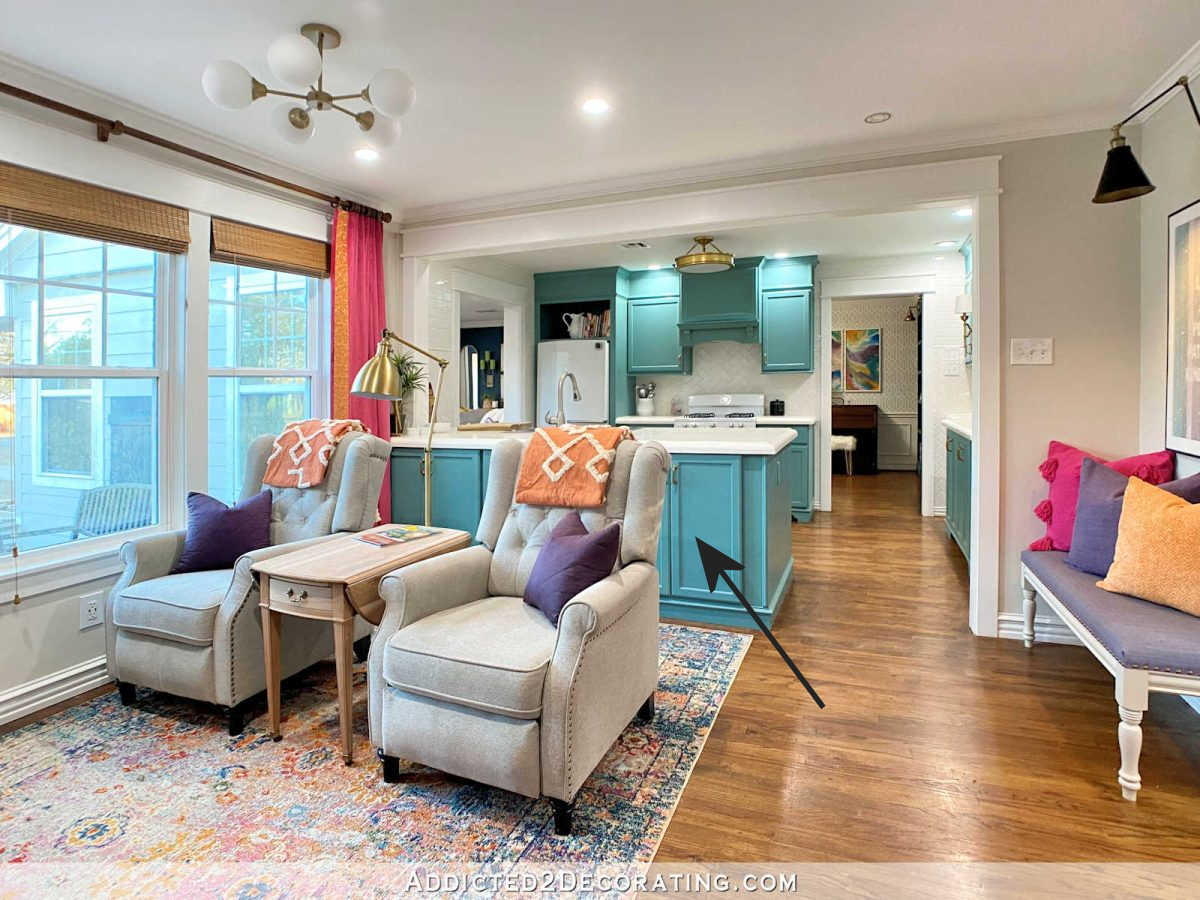Faire attention! Look out! Pay close attention, see anew, suspend judgement, and document precisely! These were the imperatives addressed to University of Sydney students undertaking intensive studios from 2021 to 2023, led by French architects Anne Lacaton and Jean-Philippe Vassal, the inaugural Rothwell Chairs of Architecture and 2021 Pritzker Prize laureates. Lacaton expresses an urgent ethic of architecture: “We’ve never found a situation in which demolition was the solution.” Vassal insists that most solutions emerge when you “touch what already exists as little as possible.” These are some of the lessons in Lacaton and Vassal: Living in the City, at the University of Sydney’s Tin Sheds Gallery, curated by Anne Lacaton, Jean-Philippe Vassal, Hannes Frykholm and Catherine Lassen.
Lacaton and Vassal: Living in the City.
Image:
Philippe Ruault
Lacaton and Vassal refuse to feed the voracious hunger of an architectural audience in pursuit of novel distributions of material and form. Their palette is much reduced, and their ambition straightforward: to render free space accessible to a greater proportion of the population, exemplified in their famous Grand Parc social housing addition project in Bordeaux, France. Acts of renovation and repair risk the displacement of a vulnerable community, as is especially the case in public housing, but the practice finds the means to avoid such destructiveness. They place a new spin on post-occupancy – as one curator Catherine Lassen observes – making a point of knowing the names of every inhabitant of the community whose lives they have been dedicated to in the spatial expansion of Grand Parc. They further extend this care to the non-human, as can be observed in their much-loved Cap Ferret House (1996-1998), where the existing pine trees continue to grow through the new house, in a gentle embrace of house and tree.
Cap Ferret House.
Image:
Courtesy Lacaton and Vassal
A highlight of the exhibition, which pragmatically combines architectural pedagogy with the crucial lessons that can be learned by engaging in the work of Lacaton and Vassal, is Constructing Escape, ten films on a loop directed by Karine Dana. Lingering in front of the larger-than-life projection, the daily lives of those who have the joy of inhabiting the generosity of space achieved through Lacaton and Vassal’s spatial interventions can be appreciated. The proof of the architecture is found in its afterlives, quietly and intimately revealed in moving pictures.
At the Tin Sheds Gallery, as the day draws to a close, a large panel pivots open, and the projection is swung around so you can continue to watch it through the window after closing hours. The interior of the gallery leaks onto City Road, demonstrating one of the key urban ideas explored by the architects: to commence from the design of living interiors in order to best support participation in public life.
Lacaton and Vassal: Living in the City.
Image:
Maja Baska
Controversies over public housing loom large in this exhibition, which includes ideas that University of Sydney students have learned from Lacaton and Vassal to analyse the Waterloo Housing Estate Sydney, and the avaricious short-sightedness of the NSW government’s 2017 divestment of the famous brutalist Sirius Housing building, located in prime proximity to the Sydney Harbour Bridge. The renovated luxury apartments of Sirius went on sale in 2019 with a reported average of more than $100,000 per square metre. Amid a generalized housing crisis, escalating interest rates, and a deregulated real estate market in favour of the landlord and their profit margins, access to housing as a basic human right can seem out of reach. While the architectural profession comprises just one small part of a more complex picture in this sorry state of affairs, architecture students, nevertheless, can learn how to value the spatial and material politics of the minutiae of everyday life. Faire attention! as Hannes Frykholm points out, doesn’t just translate as “pay attention” or “watch out!”, but suggests how we can “make” attention, how we can craft an attention to the adequate composition of materials and details to the benefit of the many, and not just the privileged few.
Lacaton and Vassal: Living in the City is on display at Tin Sheds Gallery at the University of Sydney until 23 September.

